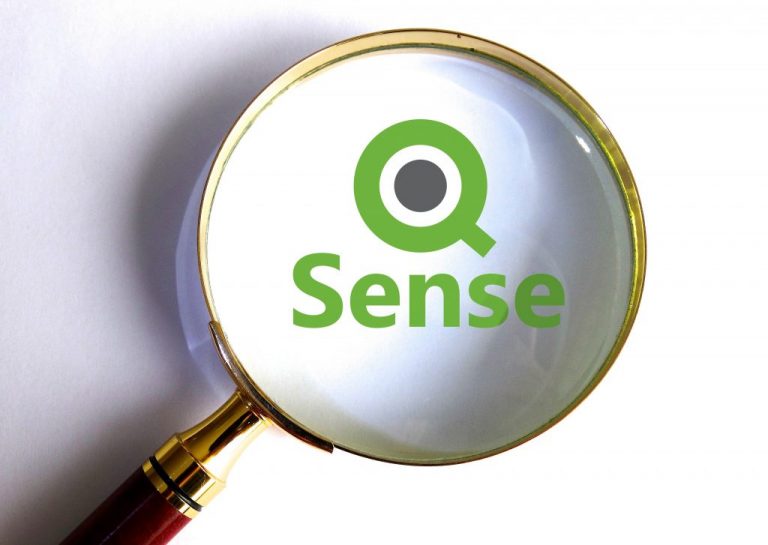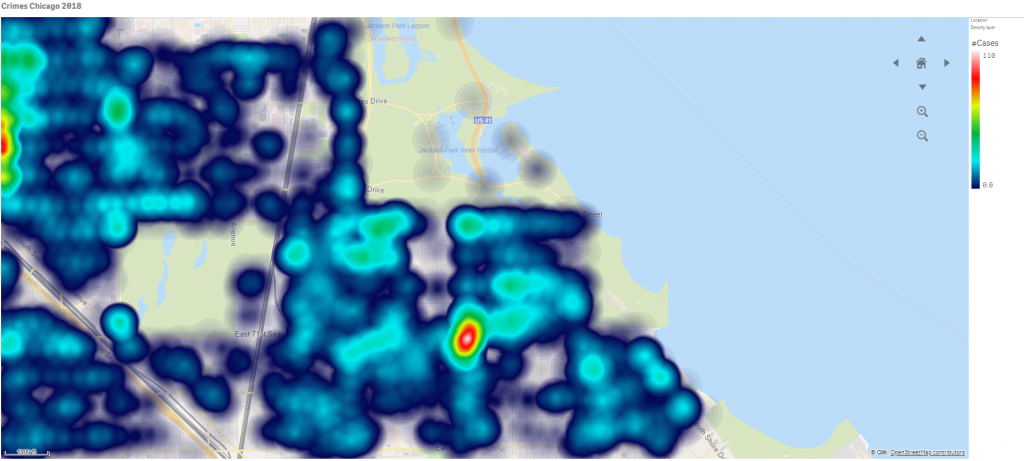
We all know that the Qlik Sense™ June 2018 version has only received positive feedback. This is one of the reasons (but not the only one!) for which it has been brought to our attention a new version of Qlik Sense™, the September one, that brings significant improvements.
In this article we will point out the most important of these improvements.
Considering that Qlik™ is focused on Augumented Intelligence, the September 2018 release expands the use of Insight Advisor for published Qlik Sense™ Apps. The reason? To encourage data exploration across the enterprise.
It’s only the first step of how Qlik™ will reshape the analytics community with the power of Cognitive Engine, so we have to keep an eye on them and on their future versions that they will launch!
Let’s just go back to the Qlik Sense™ September release…
This version offers improved authoring capabilities, that helps the customers to build sophisticated data layouts, improving in the same time the speed of application development. These include:
- Better control over information density – for devices that support touch and mouse input;
- Default bookmarks – for setting initial selection state when applications are opened;
- The ability to turn off responsiveness of the client – for custom sheet sizing;
- Expression Editor enhancements – including direct links to help, restructured function categorization, improved search capabilities;
- Visualization control improvements – including conditional show or hide in pivot tables and customizable master measures.

The September 2018 Release offers another high-value enhacement: it offers the ability to move multiple apps from stream to stream. It removes the previous limitations from the Qlik Management Console™ (QMC). They also made investments to improve performance and stability with upgrades to our open source front-end framework.
Also, the September 2018 Release will deliver enhanced mapping capabilities, including a new Density Map Layer (is very useful when mapping data on a highly localized and detailed level).
The Density Map Layer is a multi-color gradient background where the color intensity depends on the weight and closeness of points. It can be used for mapping data, such as: crime statistics, house values, etc.

The new September 2018 version also has improved Qlik NPrinting™ capabilities around the administration, expanded authorization and improved security for reporting consumption (for value-added products). Now, you can import users or roles from an LDAP source or you cand substitute the TLS Cipher suite, if desired. More than that, Qlik NPrinting™ has now session expiration log out, output of reports in .xlsm formats and report leve password protection.
They have continued to expand connectivity by adding Microsoft Azure DB and Jira Connectors, also delivering better security with LDPA authentication within the integrated connector to Presto.
Last, byt not the least, the September 2018 version is offering full support for AirWatch EMM by adressing the mobile security requirements of large enterprise deployment.
For information about Qlik™, please visit this site: qlik.com.
For QQinfo solutions, please visit this page: QQsolutions.